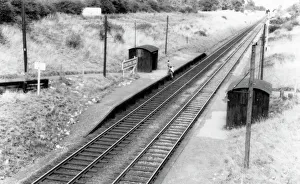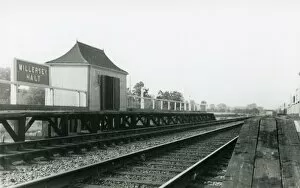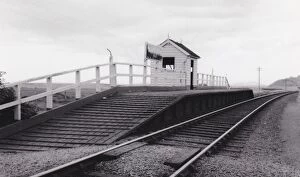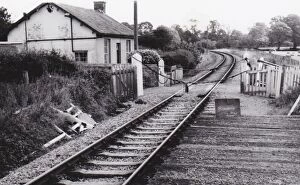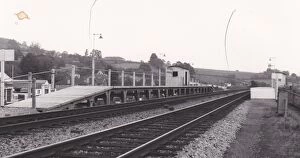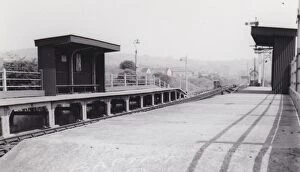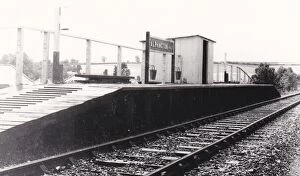Small Station Collection
Hidden amidst the picturesque landscapes of Stratton Park Halt in Wiltshire, Churchs Hill Halt in Gloucestershire
All Professionally Made to Order for Quick Shipping
Hidden amidst the picturesque landscapes of Stratton Park Halt in Wiltshire, Churchs Hill Halt in Gloucestershire, and Willersey Halt in Gloucestershire lies a collection of small stations that whisper tales of a bygone era. These humble halts, such as Laverton Halt in Gloucestershire and Black Rock Halt in Gwynedd, Wales, offer glimpses into the past with their nostalgic charm. Transporting us back to the 1960s is Willersey Halt in Gloucestershire - an enchanting stop where time seems to stand still. Bathed in history and surrounded by natural beauty, it serves as a reminder of simpler times when steam engines chugged along these tracks. Venturing further into Wales brings us to Beavers Hill Halt - a hidden gem nestled within Pembrokeshire's breathtaking landscapes. Here, travelers can pause for a moment and soak up the tranquility that this remote station offers. In Somerset's Bathford Halt from the 1960s or Staffordshire's Baptist End Halt from the 1950s, one can almost hear echoes of passengers' footsteps mingling with distant train whistles. These stations evoke memories of bustling platforms filled with eager commuters embarking on journeys both near and far. Alphington Halt near Exeter takes us even deeper into history; its existence dating back to the 1940s. This quaint Devonian stop invites visitors to imagine wartime scenes unfolding around them while appreciating its enduring presence through decades gone by. These small stations may have faded away from our modern rail network but remain etched within our collective memory. They serve as reminders that sometimes it is at these unassuming stops where we find unexpected beauty – where time slows down just enough for us to appreciate life's simple pleasures amidst idyllic surroundings.

